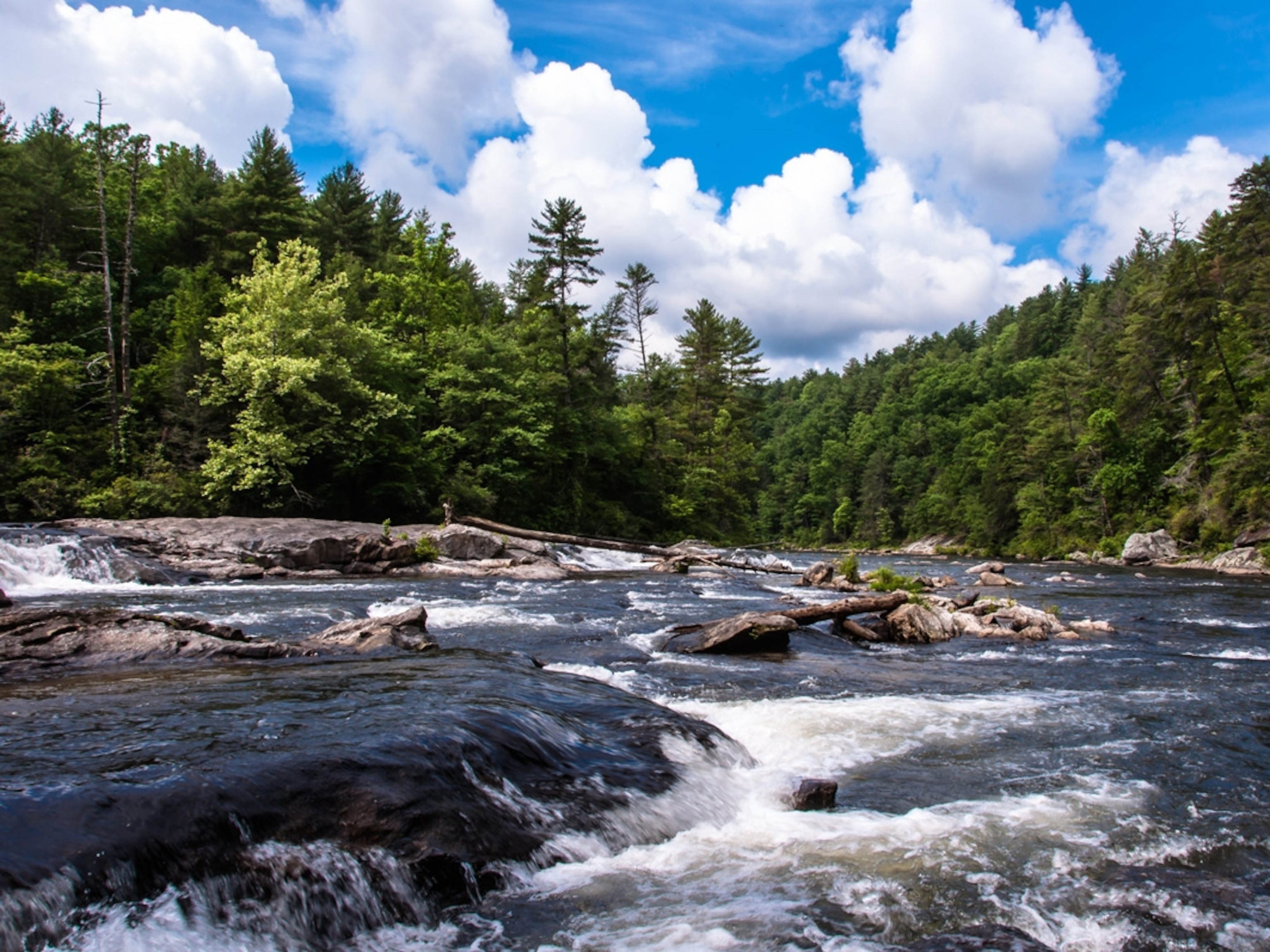
Explore the trees with a birdsong maker
Show kids the importance of trees and all the animals that live there. Help them create a birdsong maker to explore this important microhabitat.
Make It!
What you’ll need:
• Empty paper towel or toilet paper tube
• Scissors
• Wax paper
• Rubber band
• Craft supplies for decorating
Step 1
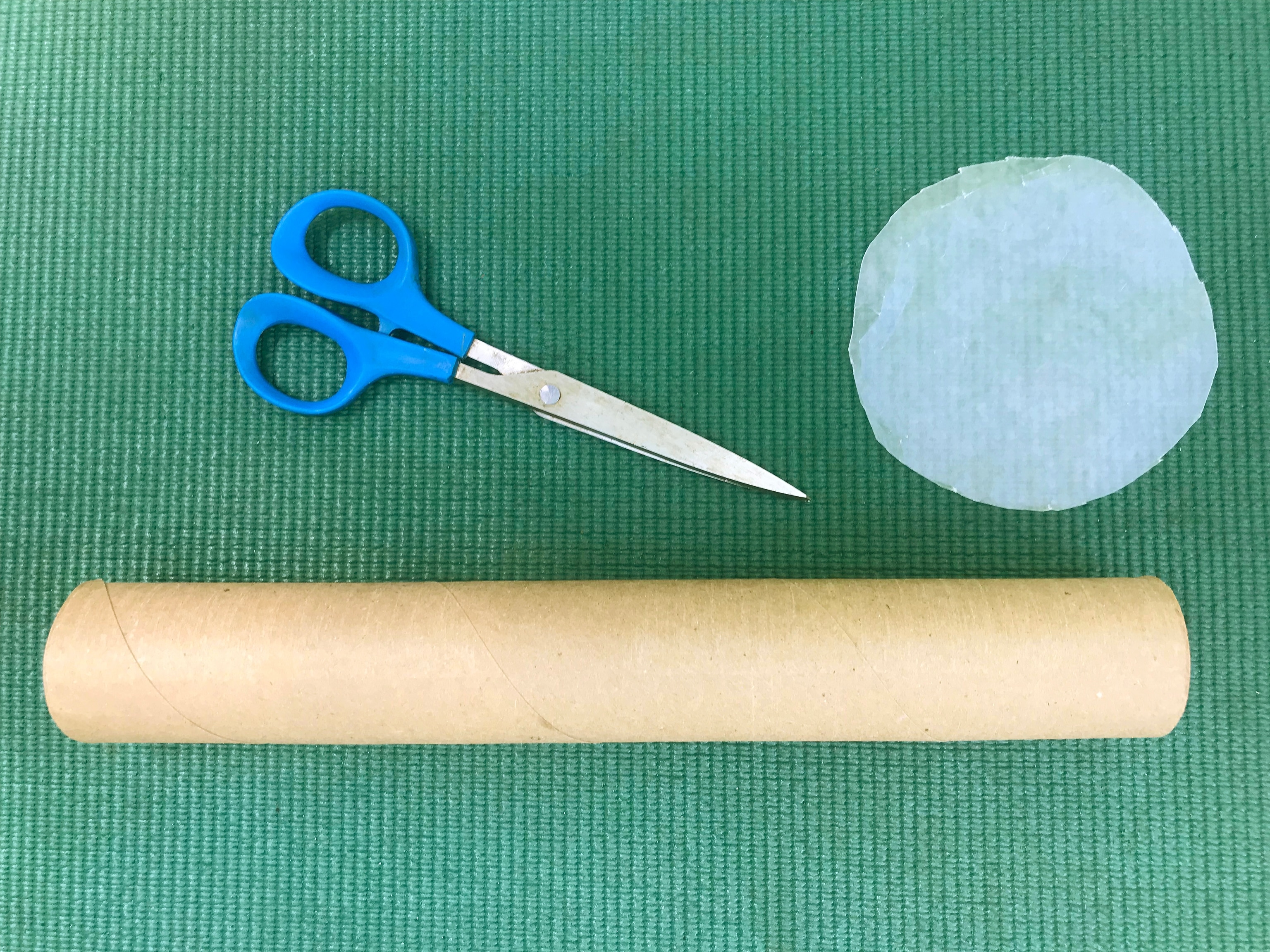
Cut a piece of wax paper slightly bigger than the opening of the tube.
Step 2
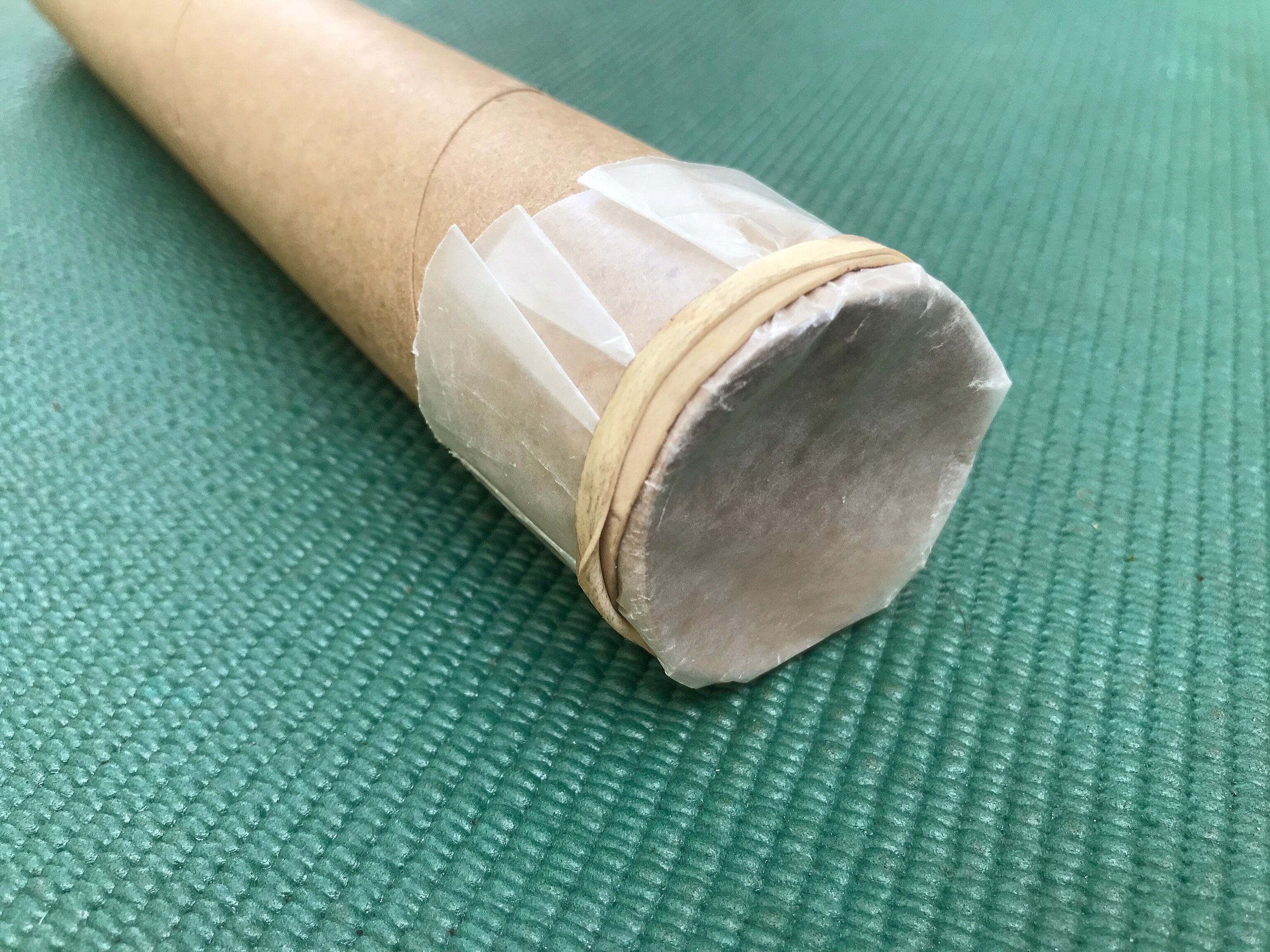
Use the rubber band to secure the wax paper over one of the tube’s openings.
Step 3
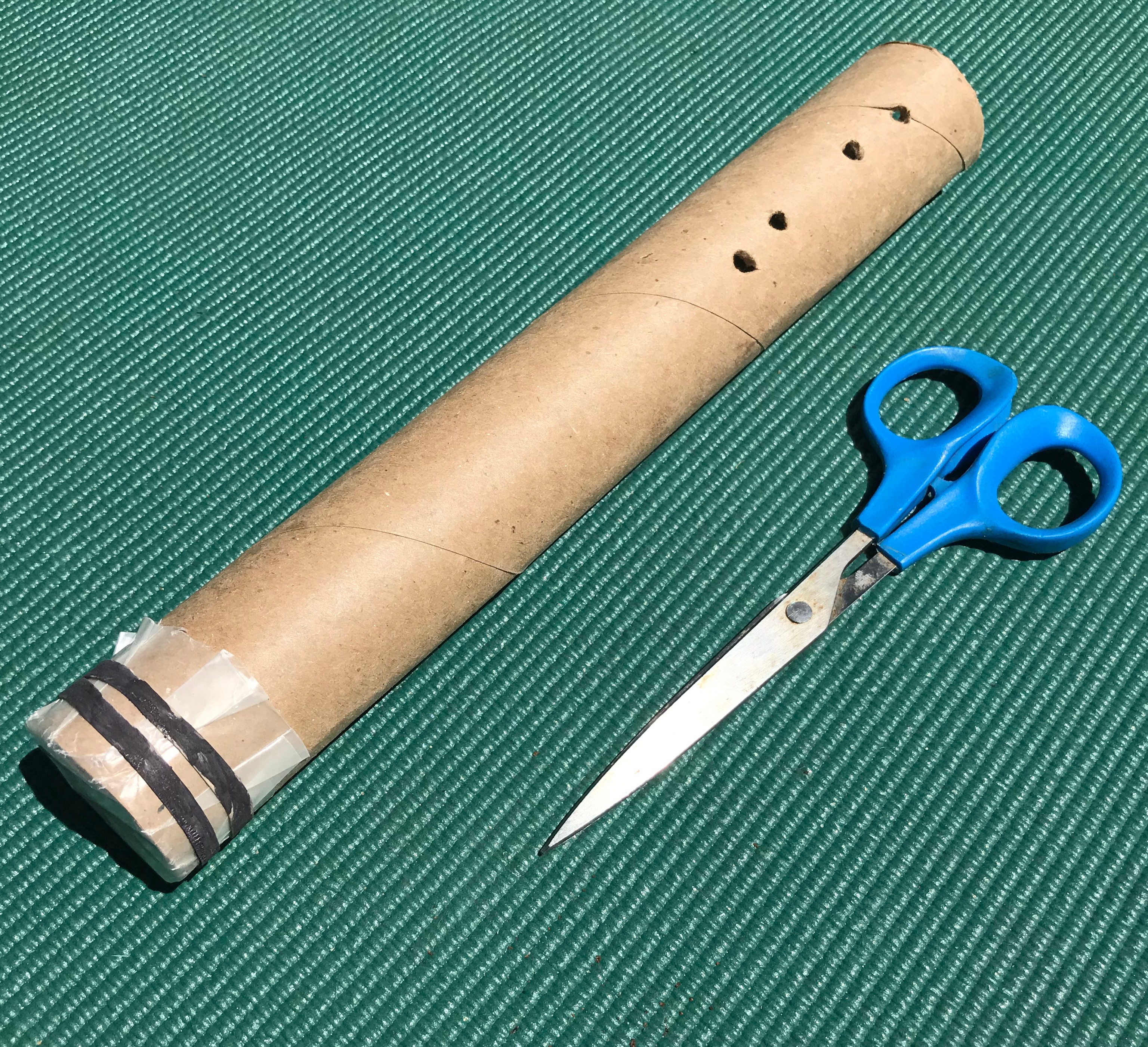
With the scissors, poke 3 or 4 holes down a line through the “top” of the tube.
Step 4
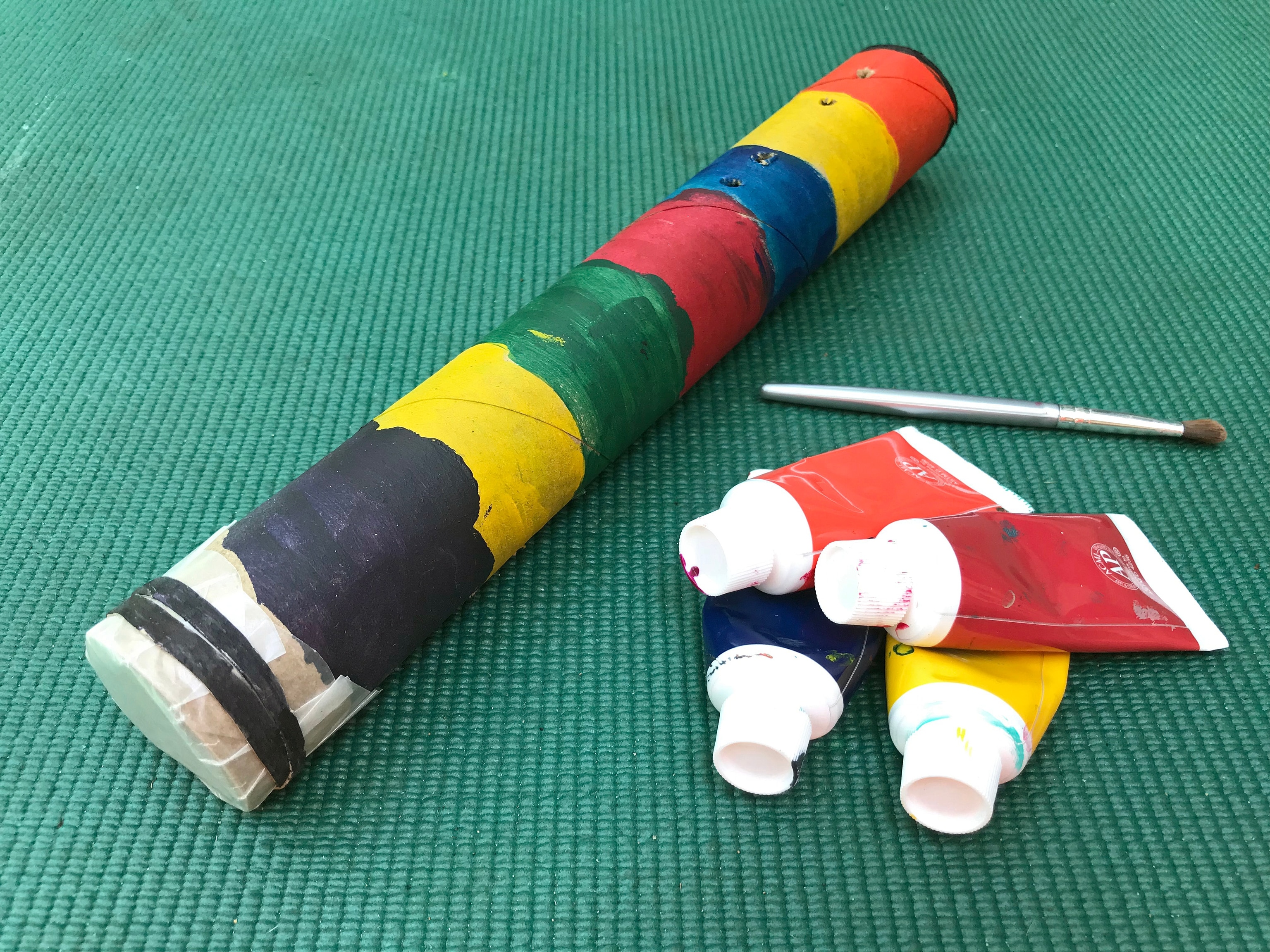
Decorate as desired.
step 5
Place the open end against your mouth and hum or make other noises into the tube. Cover and uncover the holes with your fingers to change the sound.
Try It!
• Birds are attracted to different types of sounds and songs, so see if the birdsong maker brings fliers to nearby trees. Try saying the word “pish” (rhymes with “fish”)—drawn out like “piiiiiiish”—which tends to attract songbirds. Other words like “chit,” “whit,” and “coo” might work as well. You can even try making kissing sounds through the birdsong maker!
• No response? Birds “talk” to each other through their songs, so try mimicking what you hear with the birdsong maker. Listen carefully to see if any birds “respond” to your bird call.
• Use the telescope from Challenge 5 to help you observe the birds and their tree home. Watch if a certain branch is more popular for birds to land on, or if you can find a nest. (Hint: If a bird keeps returning to the same branch, a nest is likely nearby.)
• Use the magnifier from Challenge 1 to explore the bark on a tree’s trunk or its leaves. These are great places to look for signs of owls or invertebrates that call the tree home. This article provides more tips.
Save It!
Trees are vital to biodiversity—they provide homes to animals like birds, food to critters like squirrels, and oxygen to, well, creatures like us. (To do that, trees convert carbon dioxide—too much of which can be harmful to the atmosphere—into our life-giving oxygen.) But trees are threatened by overdevelopment. Here’s how kids can protect them.
• Help conserve trees by using scrap paper whenever you can. Consider electronic books instead of paper copies, borrow them from the library, or have an exchange with friends.
• Kids love to climb trees, but make sure they’re scaling ones with thick branches that won’t snap under their weight. (That could be bad for both the tree and your child!) While they’re up there, encourage them to avoid plucking leaves off branches so that trees can continue to make food, and encourage kids to steer clear of animal or bird nests.
• Keep cats inside so they don’t prey on birds (and other animals). If your cat insists, consider placing a bell around its collar to warn nearby animals of its approach. (Still, keep an eye on Fluffy—some experts say that this might actually cause Fluffy to become prey itself!)
